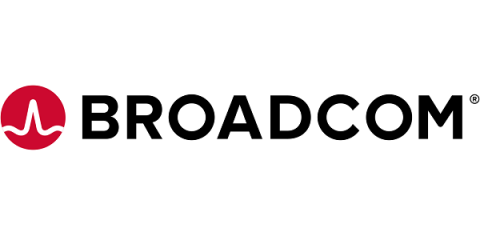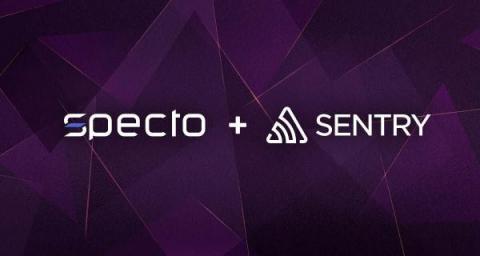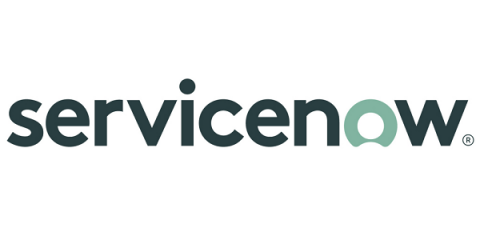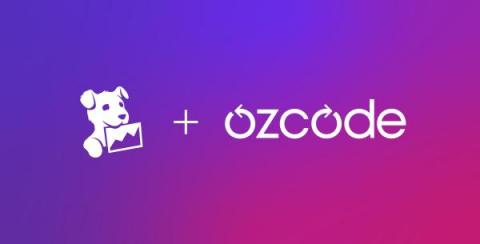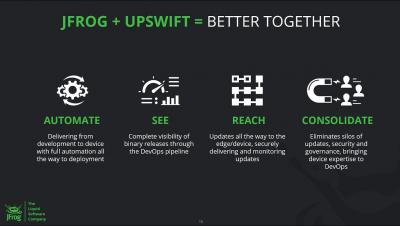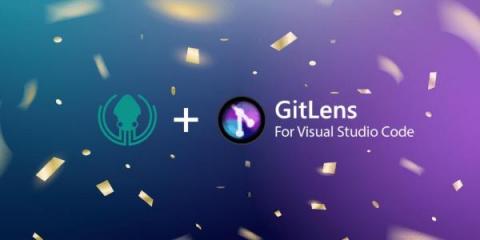Operations | Monitoring | ITSM | DevOps | Cloud
M&A
Broadcom Software Announces Intent to Acquire AppNeta
As consumers, we are all intimately aware of our individual dependence on the internet. Now consider that dependency and apply it to the business-critical services that your company uses daily. Nearly overnight, companies are at the mercy of the internet, a network of public networks as nearly all employees work remotely and apps that were once hosted internally move to external SaaS providers.
Broadcom and AppNeta: Better Together
Broadcom Software just announced the intention to acquire AppNeta, a pioneer in end-user experience over the internet. AppNeta will be integrated with DX NetOps, the network monitoring software portfolio within Broadcom’s Enterprise Software Division. The acquisition marks a key milestone in the DX NetOps vision to assure Network Observability Anywhere. AppNeta adds solutions, technologies, and people that will enable DX NetOps to deliver more value to our customers and partners.
Bringing Specto into the Sentry Family
We’re delighted to announce that we’ve acquired Specto, a powerful mobile profiling tool from ex-Facebook mobile experts who share our determination for building developer-first performance monitoring products that actually suit the modern dev stack.
ServiceNow acquires DotWalk to increase speed, agility in upgrading applications
Delivering both constant innovation and consistently great experiences with software offerings is becoming a critical business imperative in the new world of hybrid work. As a result, more companies are transforming to become software companies—creating the need to quickly and continuously upgrade software applications and technology foundations. Easier said than done? Not anymore.
Anodot Acquires Pileus to Transform the Cloud Cost Optimization Space
We couldn’t be more excited here at Anodot at the announcement of the acquisition of Pileus. Acquiring a company is a very special event, a moment that is the culmination of months of thought and deliberation. Is there a strong synergy between the two entities? Do we share the same DNA and culture? Is the additional product aligned with our long-term vision?
Datadog acquires Ozcode
At Datadog, we believe that having visibility into production is crucial to building better software, especially as modern environments become more and more complex. Bugs that occur in production are often difficult to reproduce locally, which leaves developers guessing about what went wrong. To solve this problem, teams need the same depth of visibility into their production environments as they do into their local environments.
Gekkobrain acquisition to streamline ERP migrations, modernize systems of record
Organizations across all industries are investing in digital transformation to unlock new levels of innovation, agility, and productivity as they look to adapt to the new world of hybrid work. According to Gartner, worldwide IT spending is projected to reach $4.1 trillion by the end of this year.1 However, many organizations are still struggling to identify where to start as they race to modernize systems of record and digitize operations.
JFrog and Upswift: Bringing IoT Software Updates to DevOps Upswift Acquistion
GitLens for Visual Studio Code, and its Creator Eric Amodio, Join GitKraken
For those of you who don’t know me, I’m Eric Amodio, creator of GitLens. I’m an innovator, leader, architect, and seasoned full-stack developer. I started developing GitLens way back in 2016 when I fell in love with Visual Studio Code and wanted to play with what was then newly released extension support. It all started with a simple question: could I add Git insights via CodeLens (hence GitLens) to any document? Which of course was yes, and a whole lot more.



